nytimes.com - June 16, 2013 - Mireya Navarro
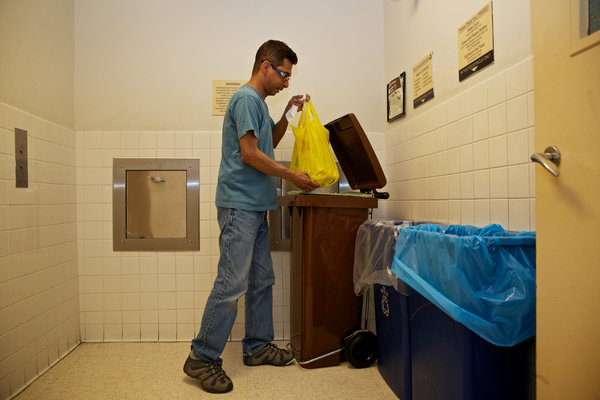
Maxie Santiago prepared to empty his food scraps into a collection bin on the sixth floor of his 600-unit building in Manhattan.
Mayor Michael R. Bloomberg ... is taking on a new cause: requiring New Yorkers to separate their food scraps for composting.
Dozens of smaller cities, including San Francisco and Seattle, have adopted rules that mandate recycling of food waste from homes, but sanitation officials in New York had long considered the city too dense and vertically structured for such a policy to succeed.
Recent pilot programs in the city, though, have shown an unexpectedly high level of participation, officials said. As a result, the Bloomberg administration is rolling out an ambitious plan to begin collecting food scraps across the city, according to Caswell F. Holloway IV, a deputy mayor.
The administration plans to announce shortly that it is hiring a composting plant to handle 100,000 tons of food scraps a year. That amount would represent about 10 percent of the city’s residential food waste.





 August 6, 2014 7:31 PM - cbslocal.com - CBS Radio Inc.
August 6, 2014 7:31 PM - cbslocal.com - CBS Radio Inc.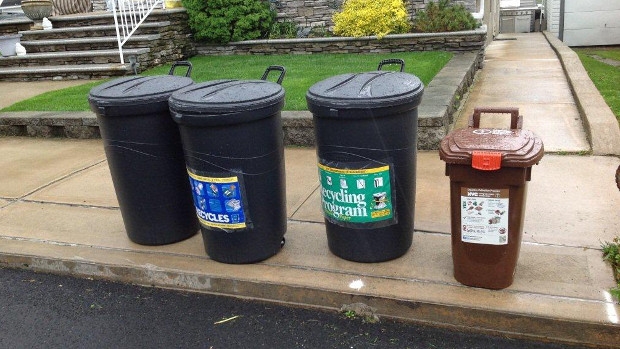

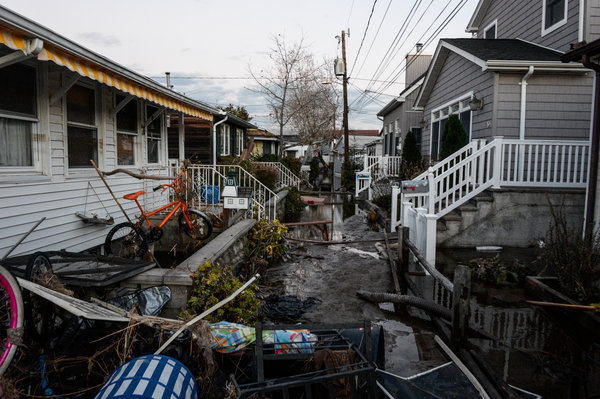
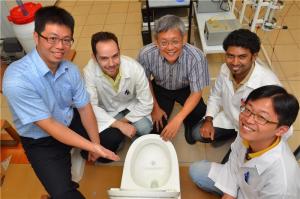
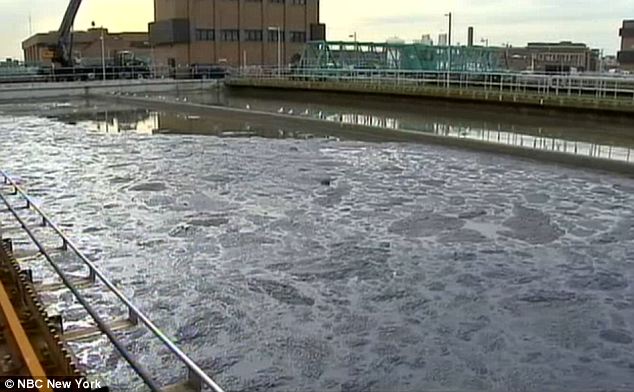

Recent Comments